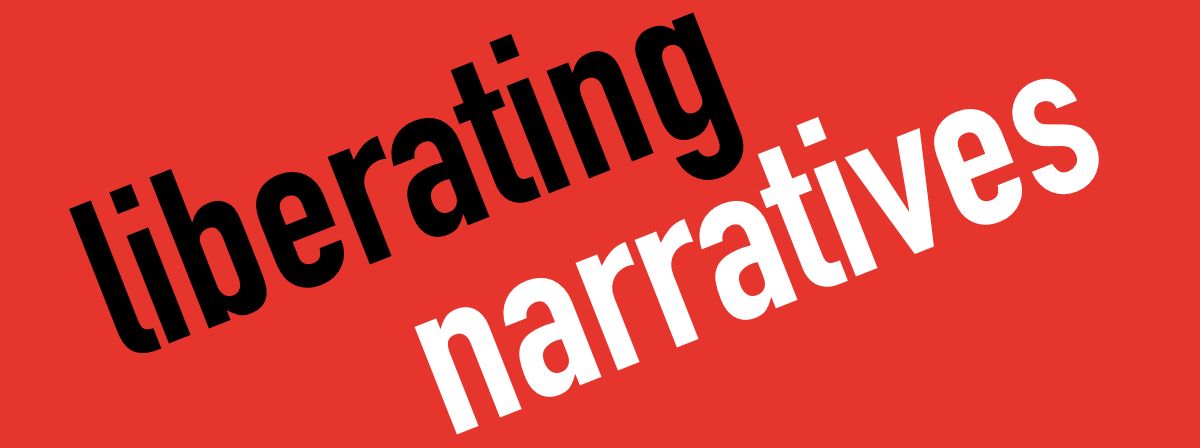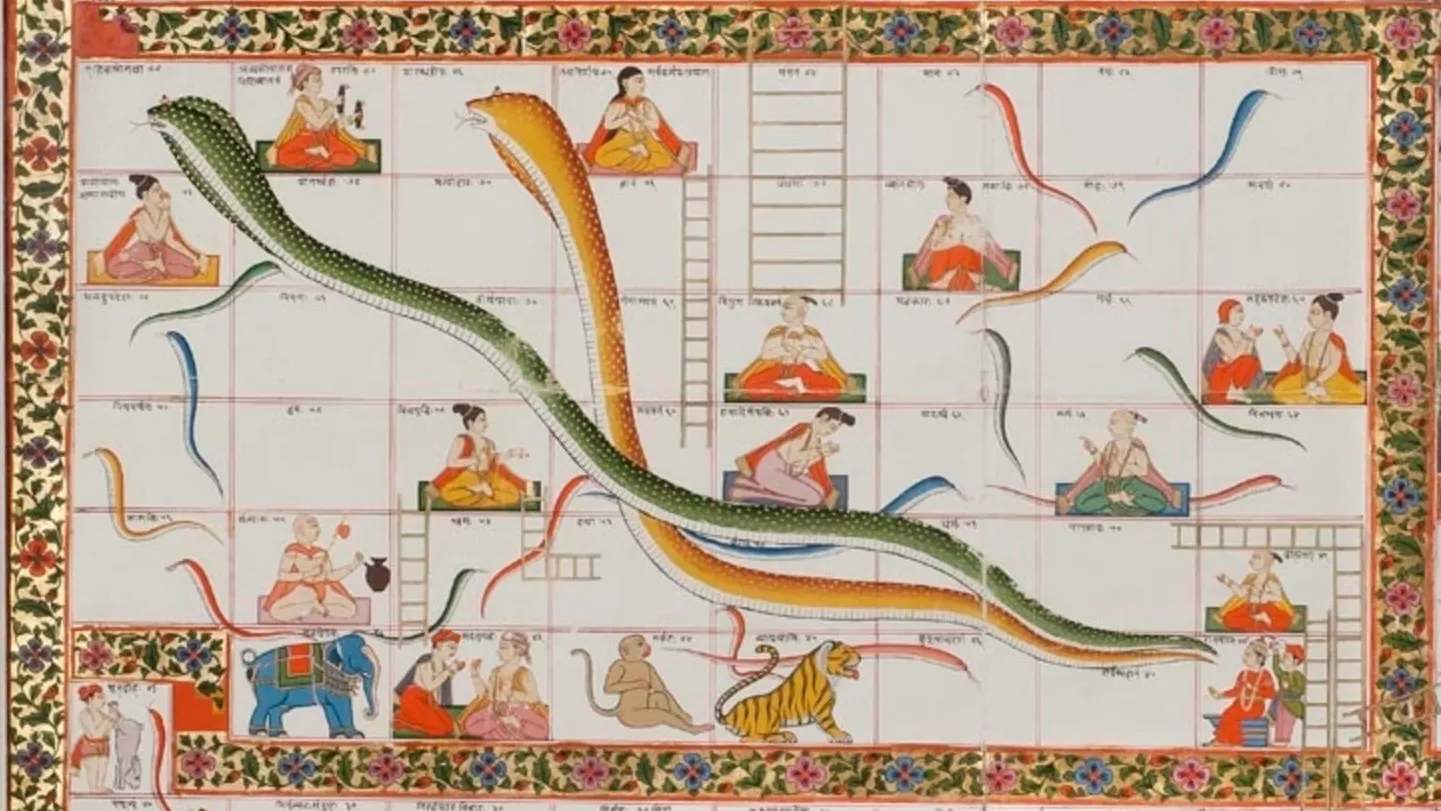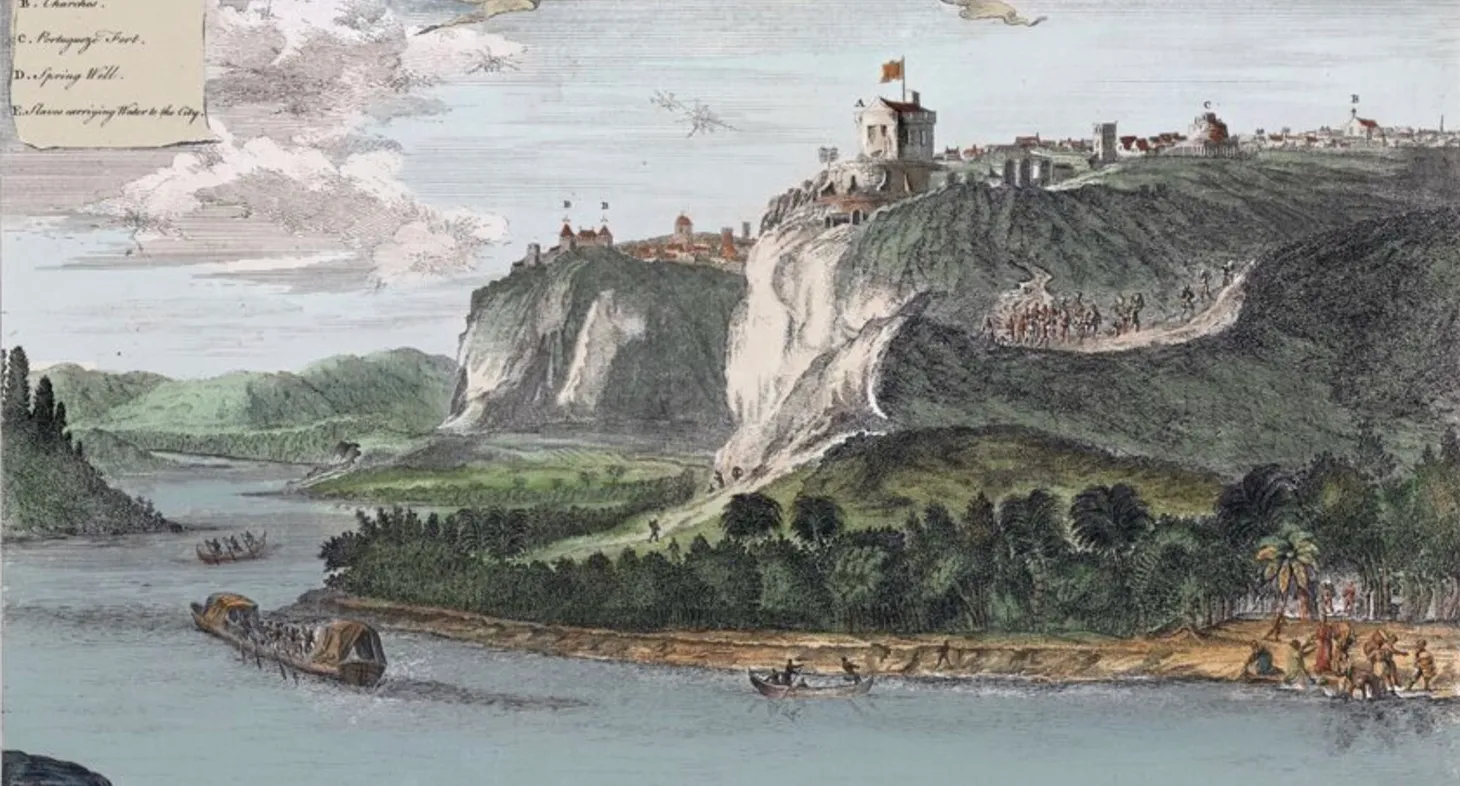“At Variance with the Europeans”: East Africa, 1400 - c.1750
Discussion of teaching early modern East Africa
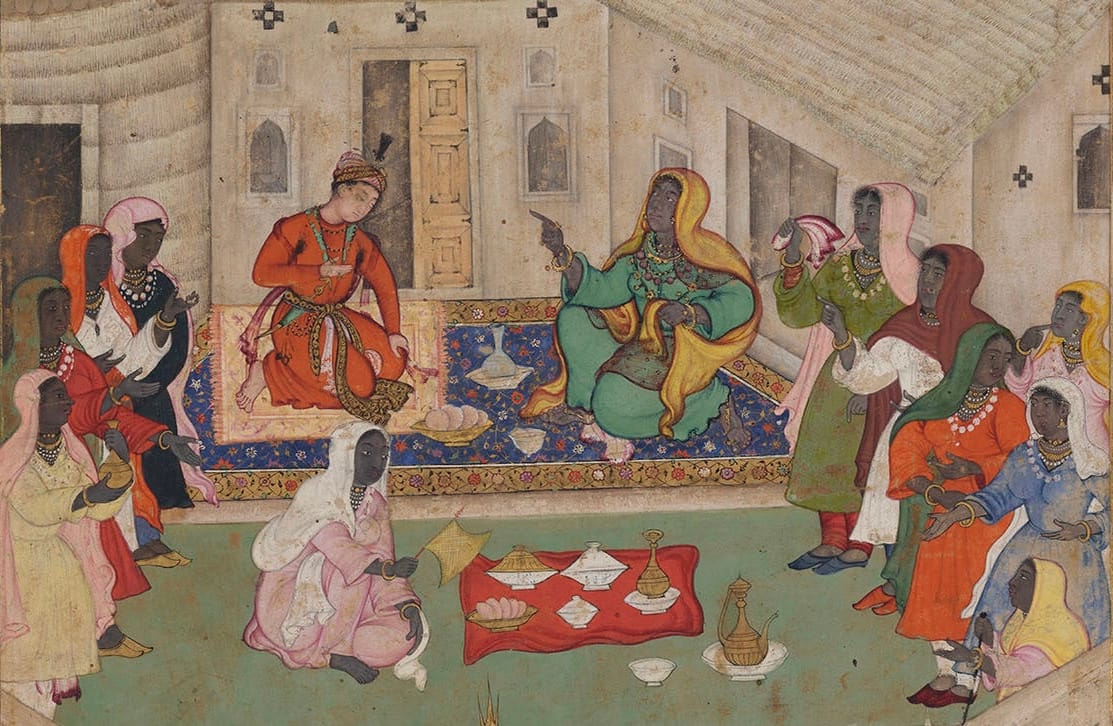
I traveled down the Swahili Coast in the summer of 2011. As a world history teacher, I was excited to see the legacies of centuries of trade along the Swahili Coast cities. I especially wanted to see the Vasco da Gama pillar in Malindi. The pillar marks where da Gama set out across the Indian Ocean to the Malabar Coast. Even though I had been teaching world history for almost fifteen years, I still imagined the 1498 arrival of Europeans as one of the most important events in the Indian Ocean.
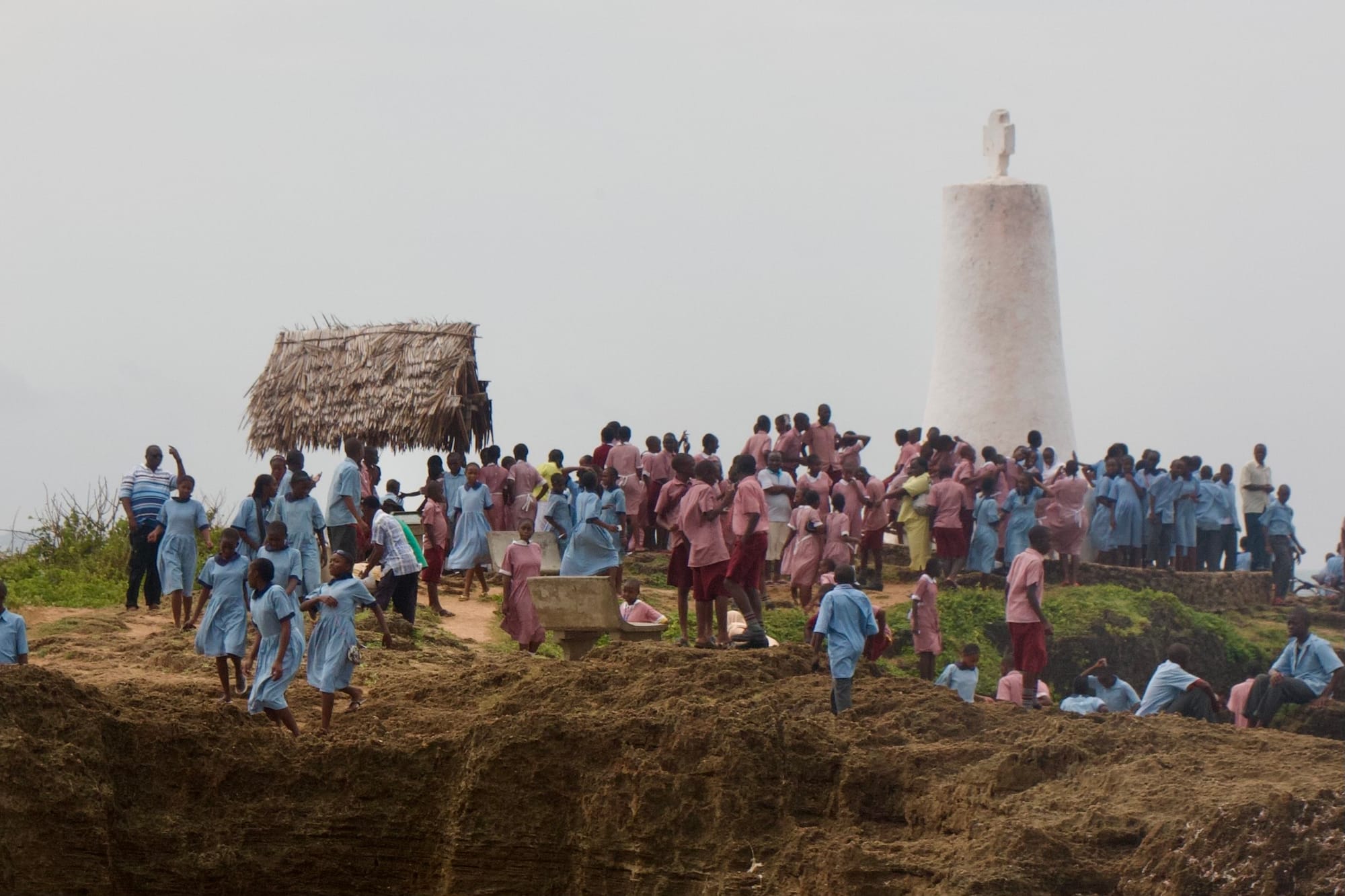
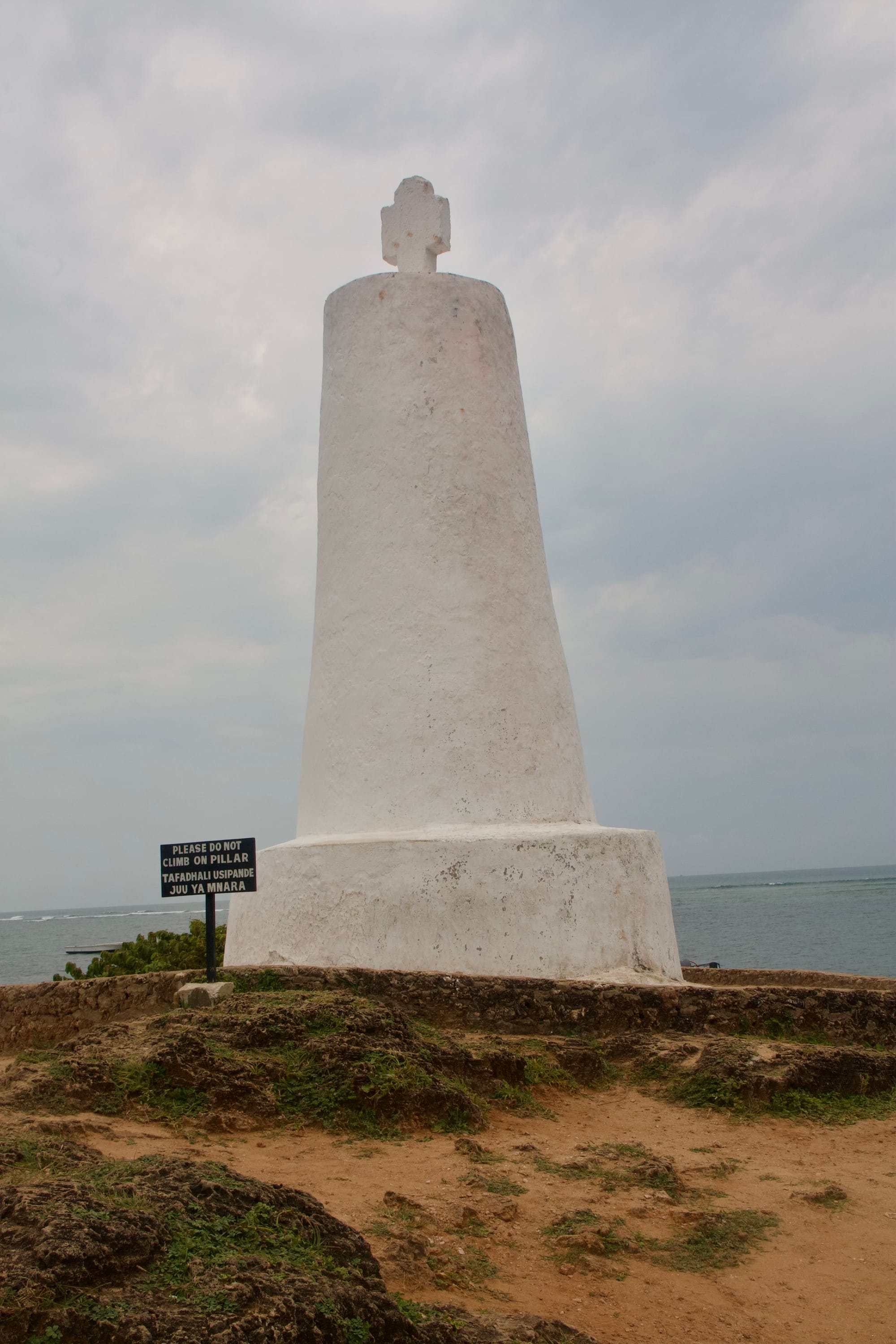
Photos of the Vasco da Gama Pillar in Malindi. Taken by Bram.
During that trip, I learned that da Gama navigated across the Indian Ocean with the help of a local pilot. Some sources claim it was the Arab navigator Ibn Majid, but no sources prove that story. Da Gama may have died trying to figure out the Indian Ocean monsoon winds. Instead, he reached India only with the critical help of someone most likely Black or Brown, whom White Europeans have left out of their versions of the history.
Over the past twenty years, I’ve increasingly realized that almost everything I thought I knew about the Early Modern Indian Ocean is problematic. I’ve written before about the Early Modern Indian Ocean, but I haven’t focused on East Africa. The typical world history narrative of Early Modern Africa is that the Portuguese asserted control over the Swahili Coast in the sixteenth century. We then often don’t read much about East Africa until late nineteenth-century New Imperialism. By only focusing on those two events, students get the impression that Europeans long dominated East Africa. The reality is far more complicated. By focusing on the various challenges to the Portuguese, the influence of Gujarat, and the slave trade, students can better understand how indigenous East Africans challenged European rule and influenced the Early Modern Indian Ocean trade network.
A Portuguese Interlude
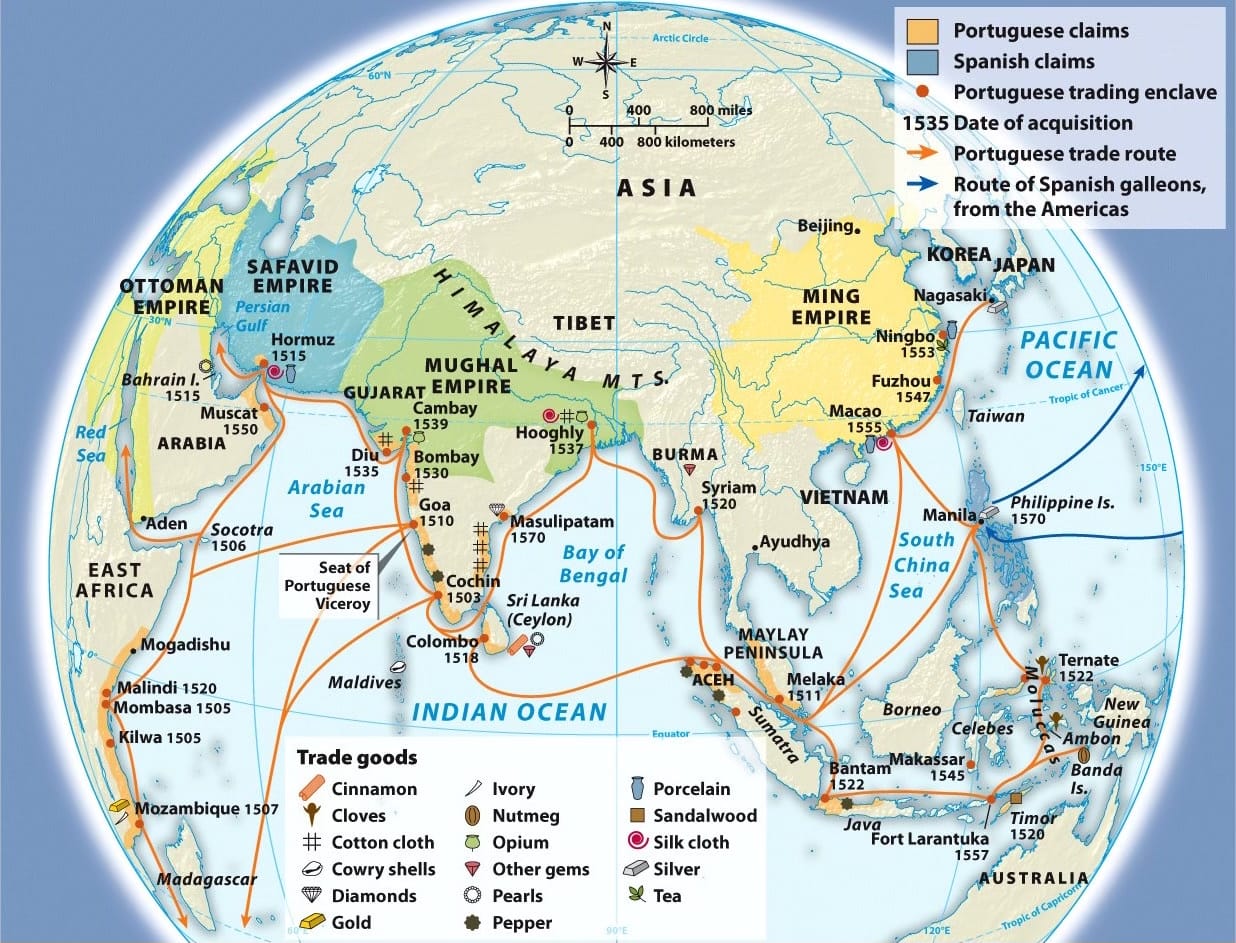
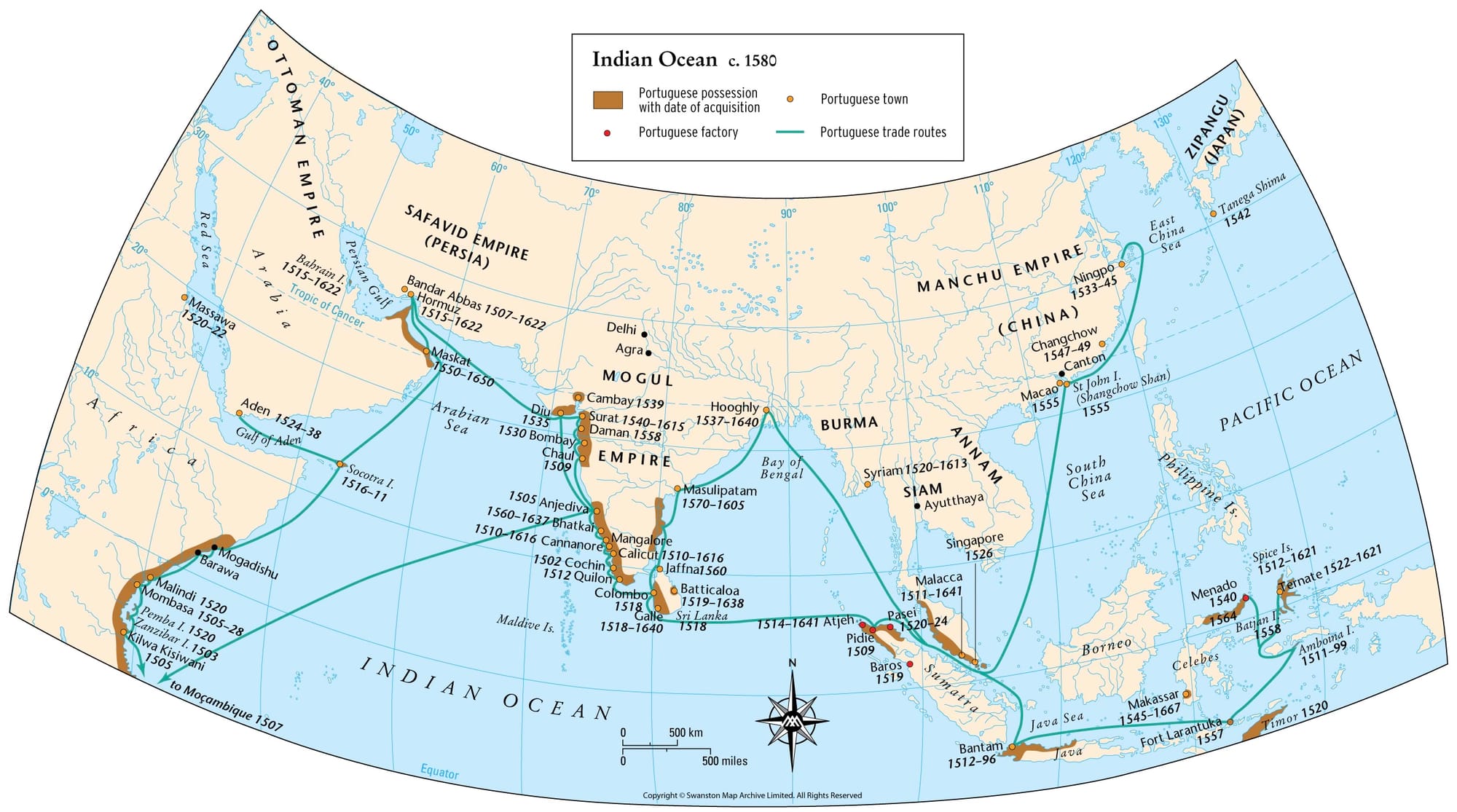
Left: Indian Ocean in 1600. Source: A History of World Societies. Right: Indian Ocean, c.1580. Source: The Map Archive.
This content is for Paid Members
Unlock full access to Liberating Narratives and see the entire library of members-only content.
SubscribeAlready have an account? Log in
